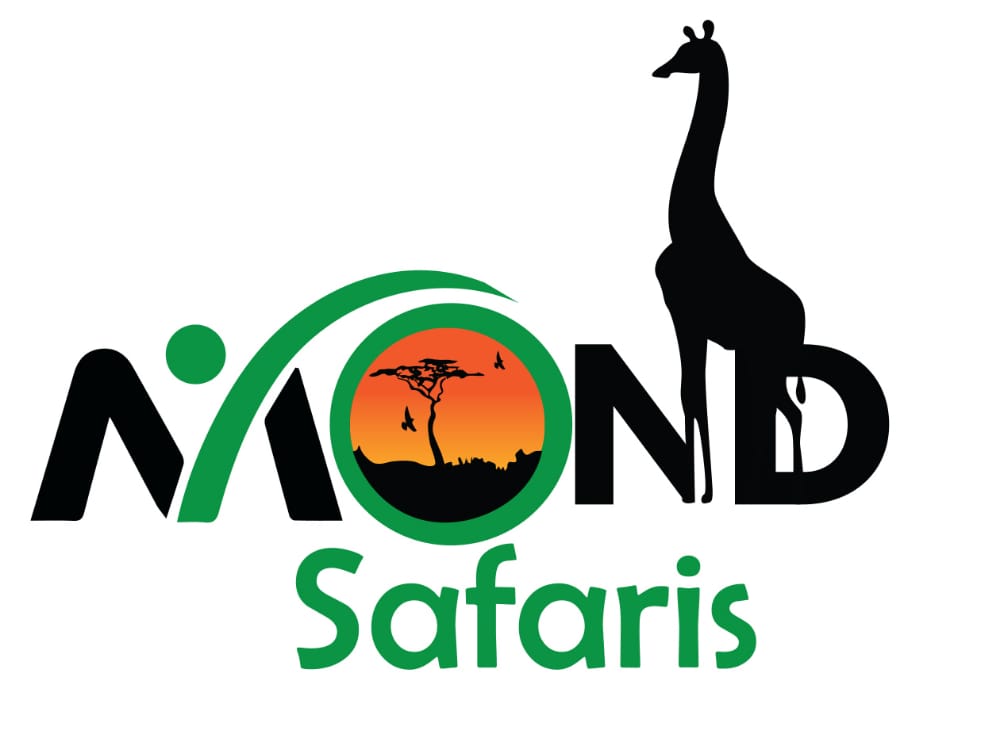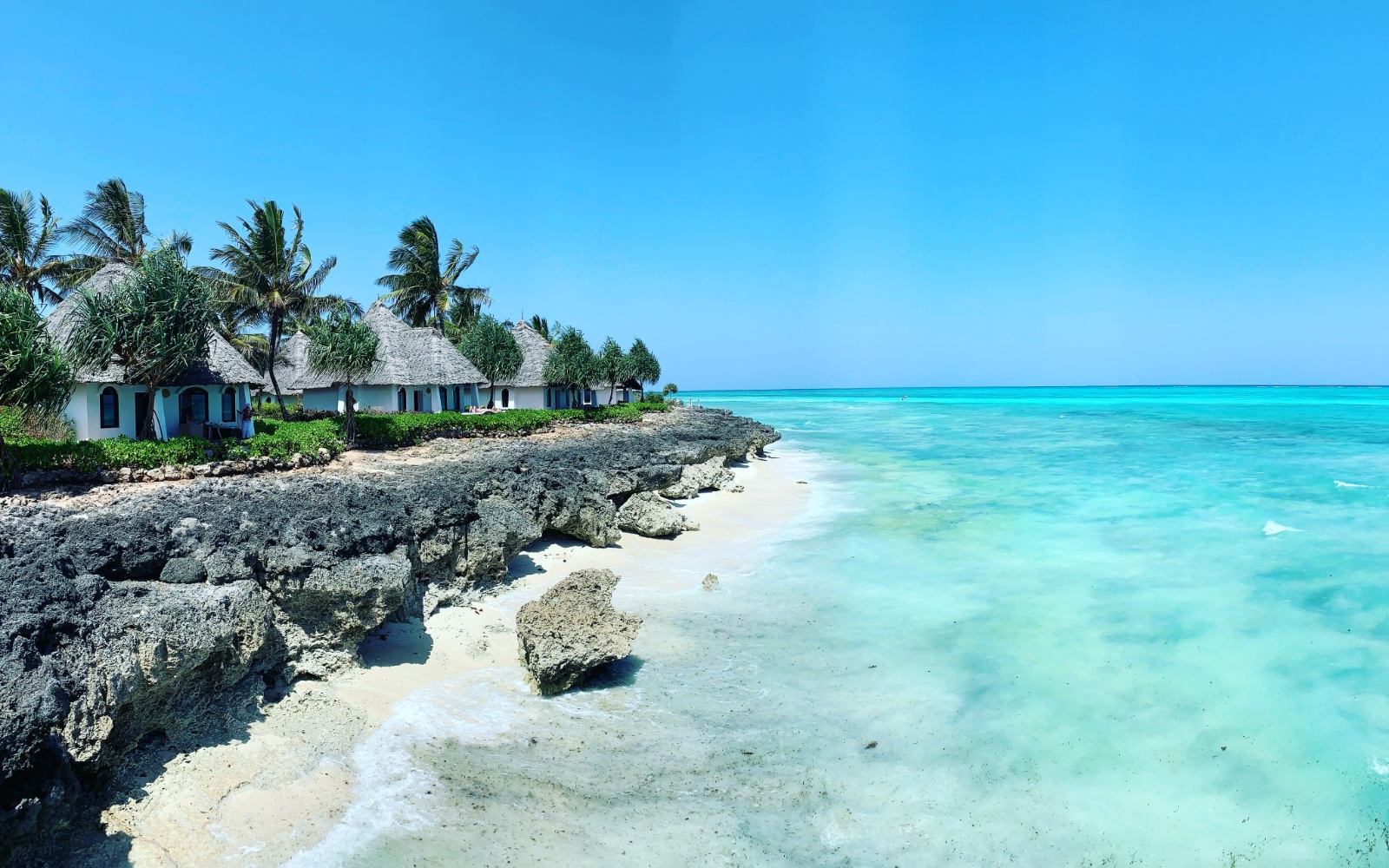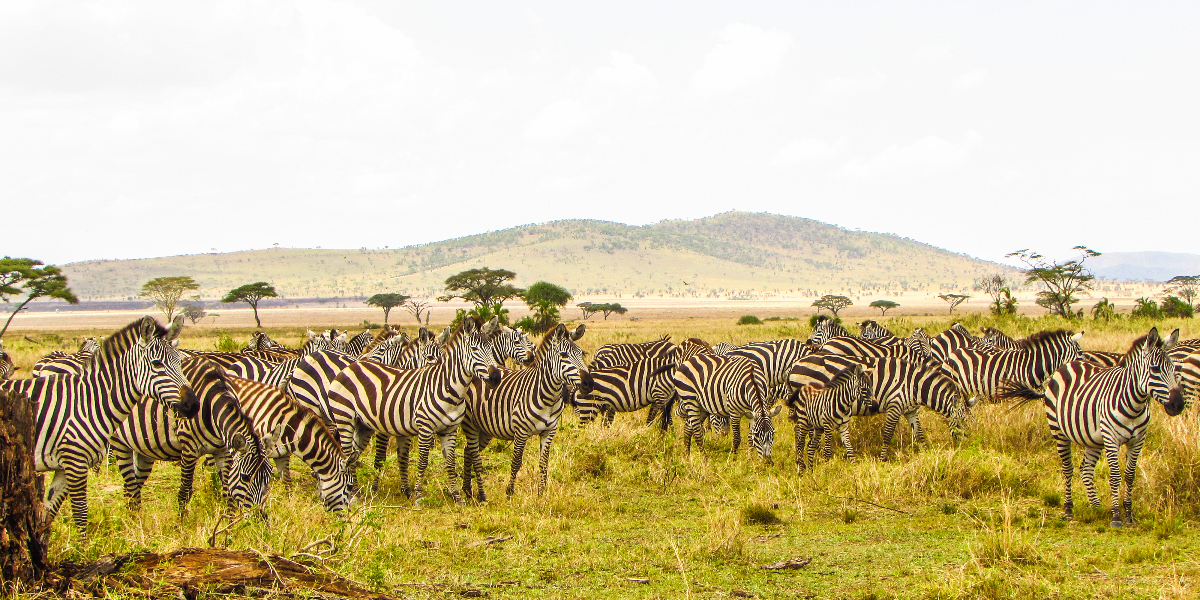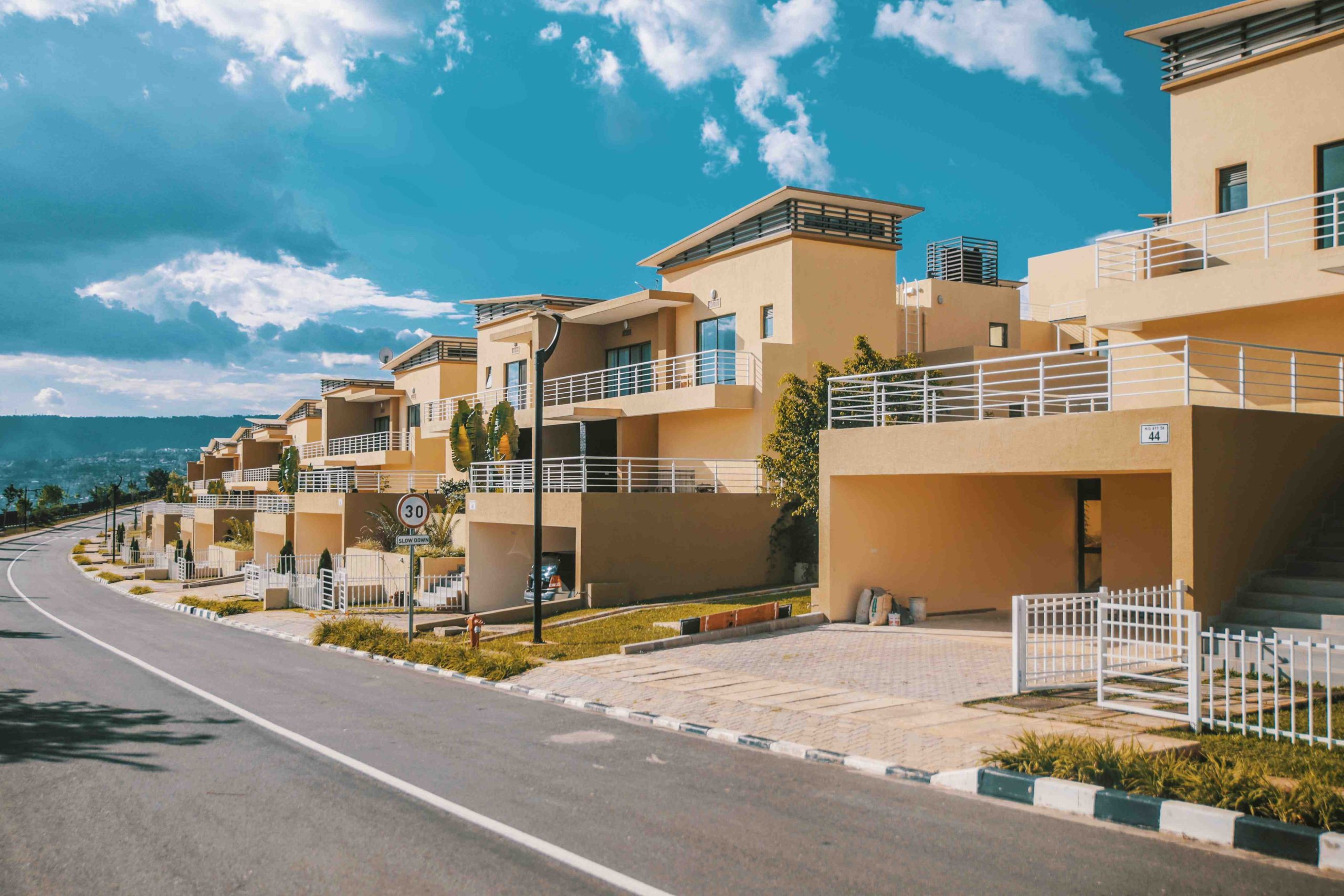Embark on an African adventure like never before as we unveil the top 7 best…
Lake Katwe
Lake Katwe
LAKE KATWE LOCATION
Lake Katwe lies inside Queen Elizabeth National Park, at the floor of the Western Rift Valley in the South East of the Rwenzori massif and on the west side of the Kazinga Channel. The lake covers an area of approximately 8 square miles.
Lake Katwe is about 800 yards from Lake Edward and has a large sheet of mosquitoes that hang around its edge. This area can be brutally hot and surprisingly dry as it misses the rains that fall on the Rwenzori Mountains and in the Ankole region. There are hundreds of Euphorbia trees in the vicinity of the lake.
There is a gradual rise of the land towards the rim of Lake Katwe revealing the vast cauldron-like hole in which Lake Katwe lies. You can actually see from the top that it lies about 95 feet below the level of Lake Edward and its waters at times look reddish from a distance which creates an interesting beauty of its own.
The Katwe depression is a collection of three craters and has a relatively consistent level of shallow waters and barely ever changes, a wonder considering the fact that it is about 4 feet deep at the deepest spot.
Few places in Uganda can boost higher temperatures than those found at the bottom of Lake Katwe crater in the dry season. The lake is unable to support any animal or plant life due to its unbelievably high salt concentration.

WHY IS LAKE KATWE SALTY?
Several streams drain into the lake, but it has no outlet, so intense evaporation during the dry seasons leads to the water becoming extremely salty
The salinity of the lake is of great economic importance as its waters have massive amounts of Sodium Chloride, Sodium Carbonate and Sodium Sulphate. The lake also has small amounts of potassium Sulphate / chloride and carbonate.
The salt concentration of the lake is about 13.5%.
IS LAKE KATWE A REAL LAKE?
Lake Katwe is not really a lake per say because it is not a depression in which water collects or gets filled with water by gravity but it’s a hollow filled with water by exposure of a high water table.
All the streams that feed into the lake are not saline and except for one, they all dry up during the dry season.
Elephants of Lake Katwe Area
The area around Lake Katwe is an elephant heaven because it provides salt which is an important constituent of the elephants’ diet. In other places where such salt licks are hard to come by the elephants will dig into termite anthills, breaking them apart to eat the salt rich red soils of the anthills.
LAKE KATWE SALT MINING
Workers at the lake construct salt pans at the margins of the lake to intensify the evaporation rate and concentration of the salt. Once exposed to the powerful sun, the brine pans begin to dry out and contract rapidly. In the process, large sections of hardened salt block as formed. On your safari with us in the area, you will see locals mining salt from the small ponds or salt pans along the shores of the lake using centuries-old methods. At times you will see both women and men stand waist deep in the caustic waters of Lake Katwe as they mine salt. There are three main salt products mined from the lake: blocks of rock salt; high-quality salt crystals used as table salt; and salty mud that is used as salt licks for livestock.
Lake Katwe is Uganda’s main source of salt for domestic consumption and for industries like leather tanning.
Join us on safari in Uganda and let yourself be fascinated by this incredible lake. There is so much more to discover in person!
Book with us a safari at #mondsafaris
For more information,
Email; info@mondsafaris.com



